Valles Caldera National Preserve
The History Grove is a 125-acre old-growth forest comprised primarily of 250–400-year-old Ponderosa pine trees. There are also Douglas firs, but many of these were lost to the Douglas fir beetle and a 2019 windstorm. The grove is home to culturally modified trees, where ancestral Puebloan people sought the cambium in times of low food resources. The grove is one of the few old-growth forests left standing after two waves of logging in the 20th-century that destroyed 95% of the forests in today’s preserve. The intensive logging between 1963 and 1971 was especially destructive, with numerous locations being clearcut and 1,000 miles of logging roads being built. Furthermore, 70% of the preserve has burned since 2000 in four large-acreage wildfires. History grove was thankfully spared.
First Lieutenant George Wheeler visited Valle Grande, the largest valley in today’s preserve, in 1875, as part of the famous “Wheeler Expedition.” He wrote of extensive old growth forests at the time, writing, “Splendid forests of gigantic pines were traversed, wherein no young trees were noticed…fir and pine are most magnificently developed.” The grove provides visitors both a snapshot into the forests that Wheeler saw and a preview of the future. The park service works with Santa Clara Pueblo and Jemez Pueblo to restore forests through thinning, prescribed fire, and watershed repair elsewhere in the preserve.
Easily accessible by vehicle on the northern edge of the Valle Grande, about 4.5 miles from the main gate, this destination allows visitors to step into the past natural heritage of the Jemez Mountains and to experience a profoundly quiet soundscape.
Valles Caldera is in the Jemez Mountains of north-central New Mexico. The 88,900-acre preserve encompasses almost all the volcanic caldera created by a spectacular volcanic eruption about 1.2 million years ago. The caldera is dormant, but not extinct, and still displays signs of volcanic life with hot springs and boiling sulphuric acid fumaroles. The juxtaposition of large grassland meadows, or “valles” in Spanish, surrounded by rounded forest covered volcanic domes provides the distinctive natural landscape that led to the name “Valles Caldera.” These ecosystems, ranging from 8,000 to 11,254 feet high at the top of Redondo Peak, combine abundant rainfall, mixed conifer forests, and deep rich soils to support a great diversity of animals, plants, fungi, and other organisms including several thousand elk and healthy populations of mountain lions, bears, and coyotes.
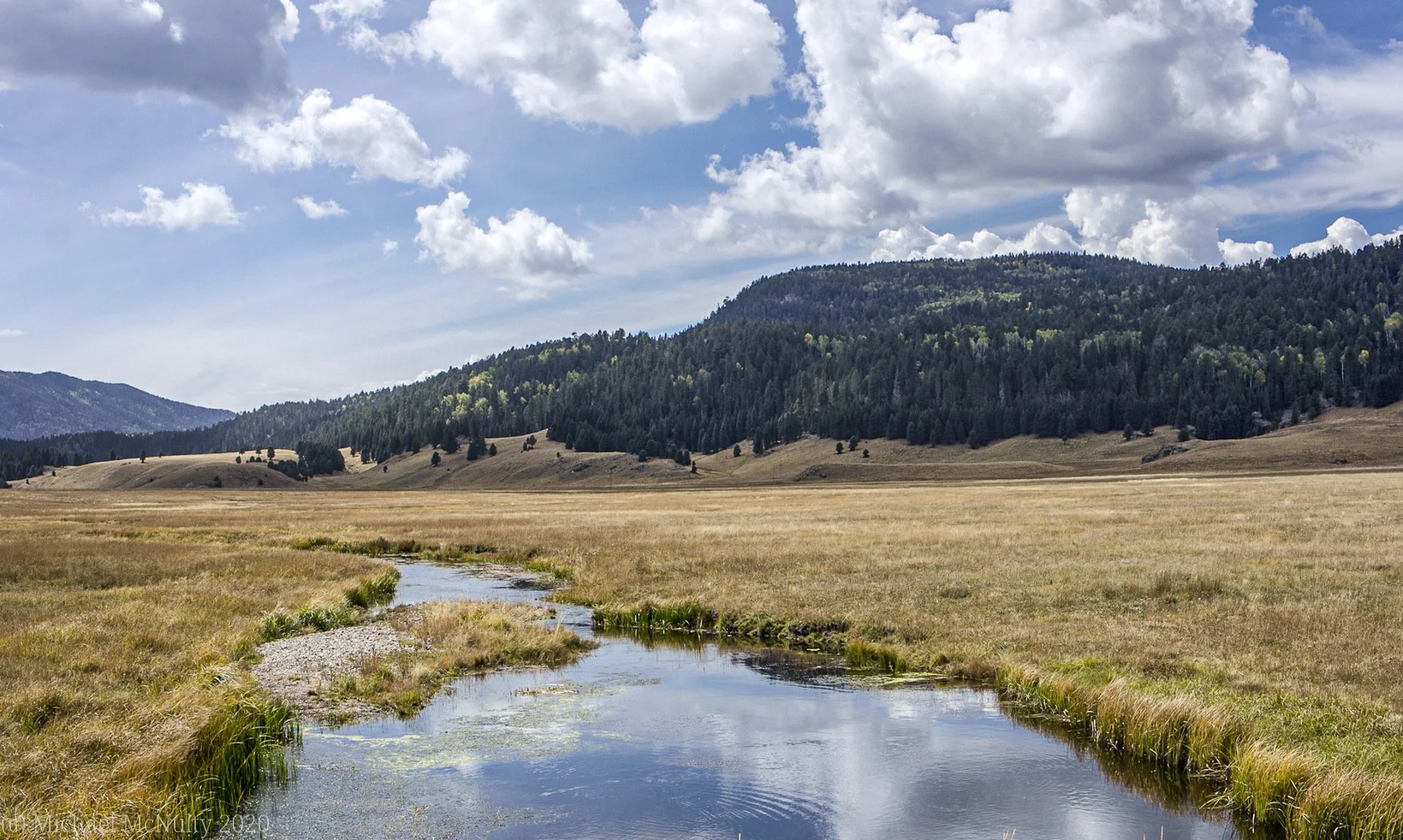
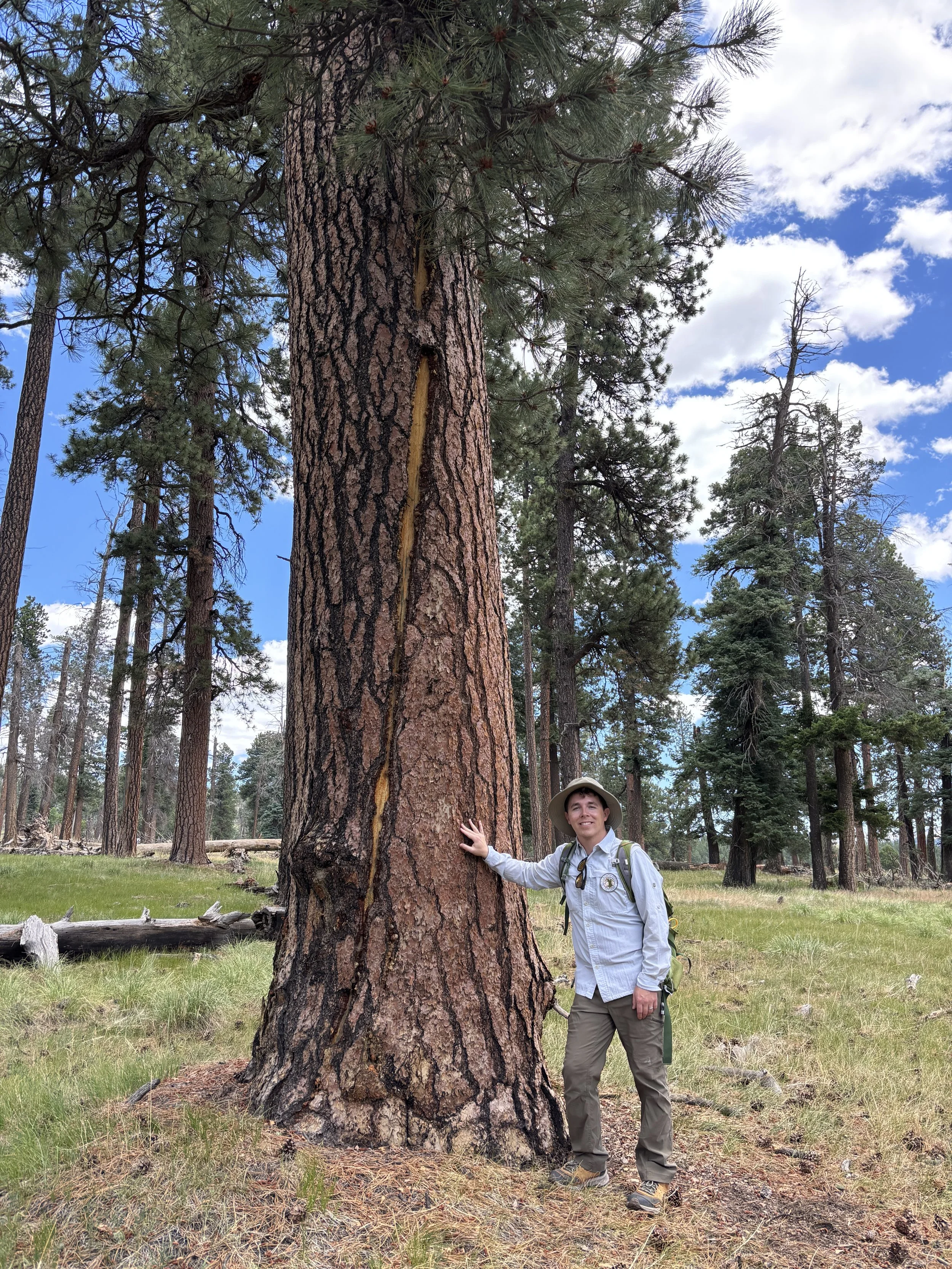
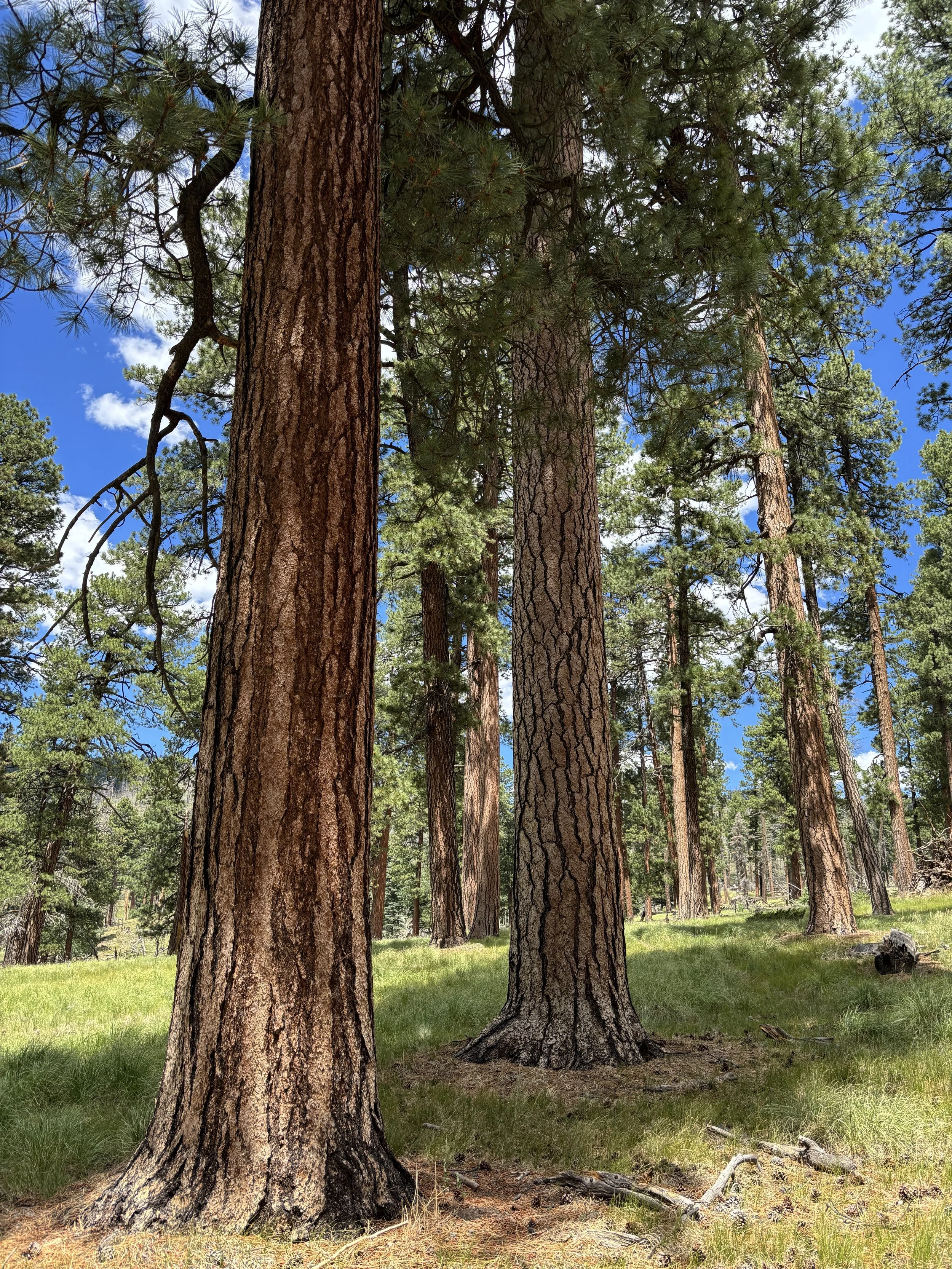
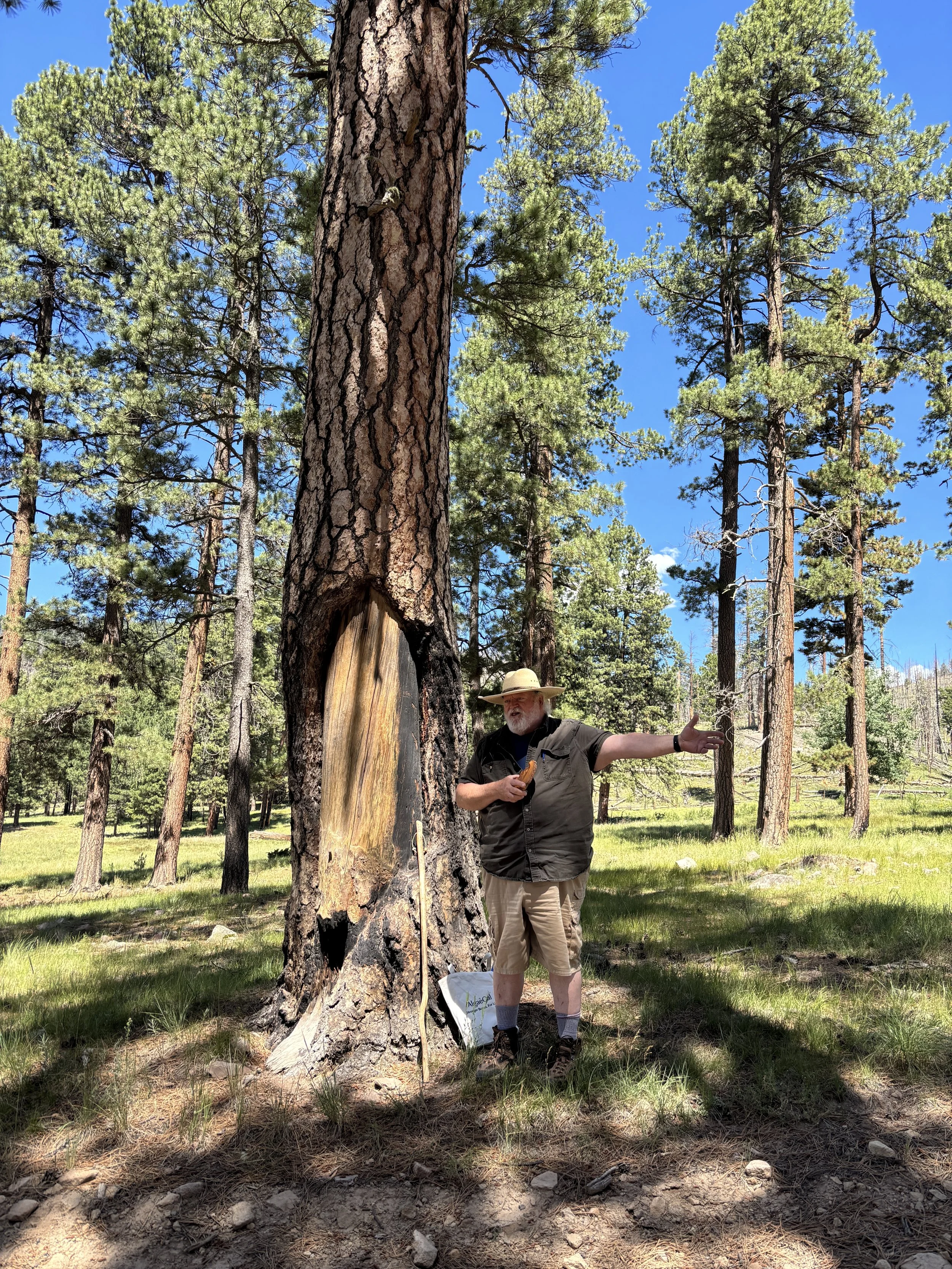
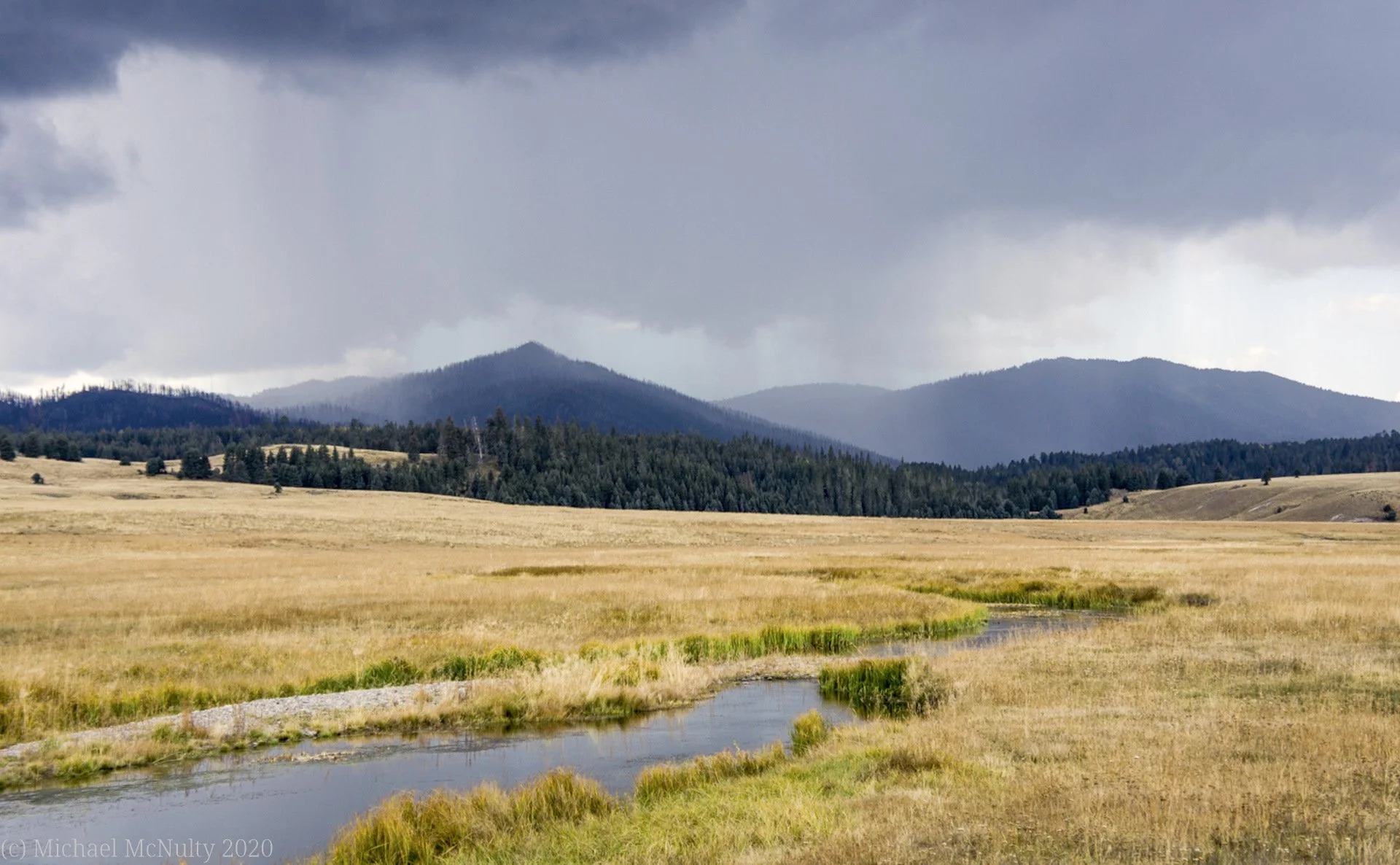

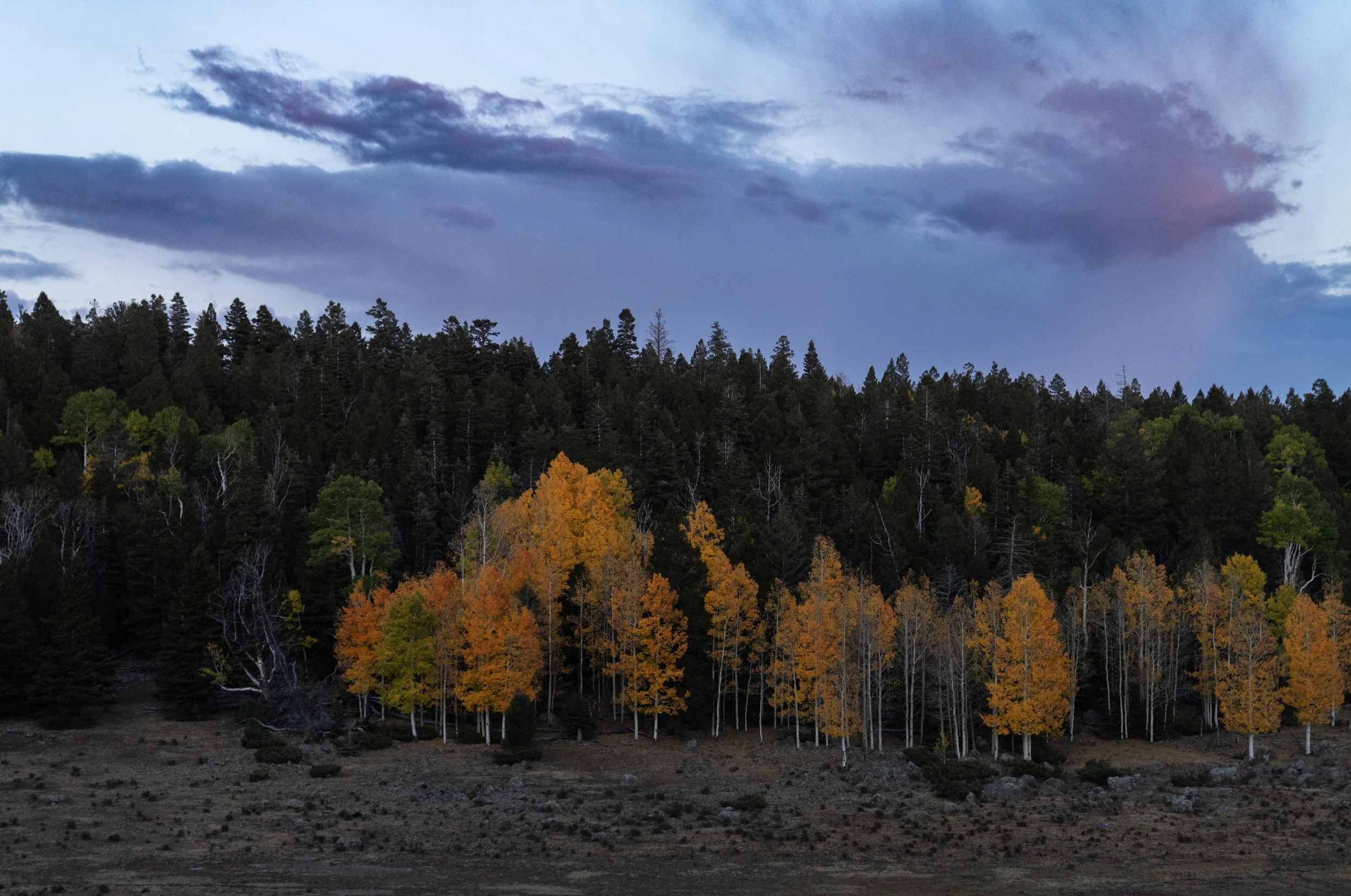

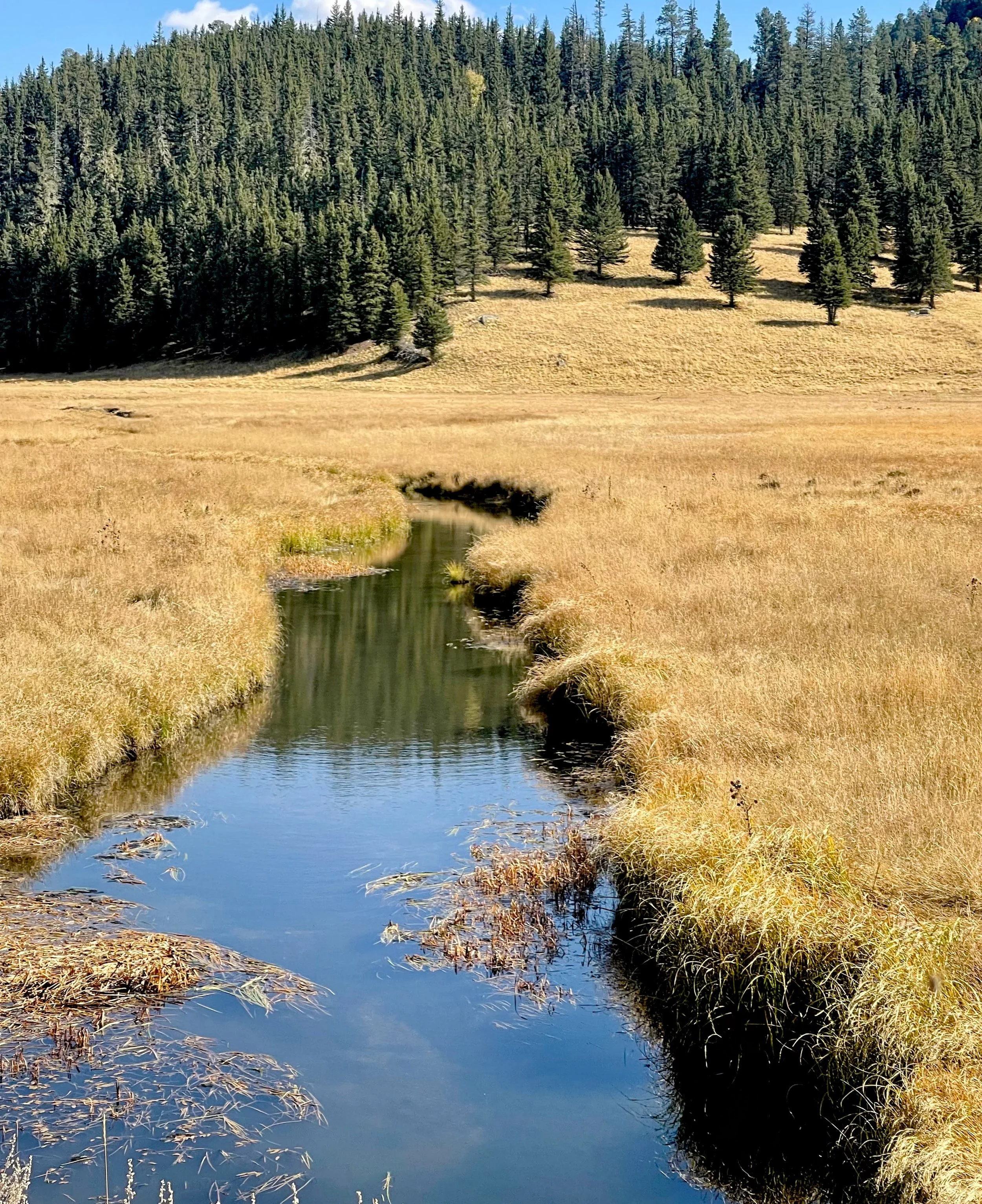


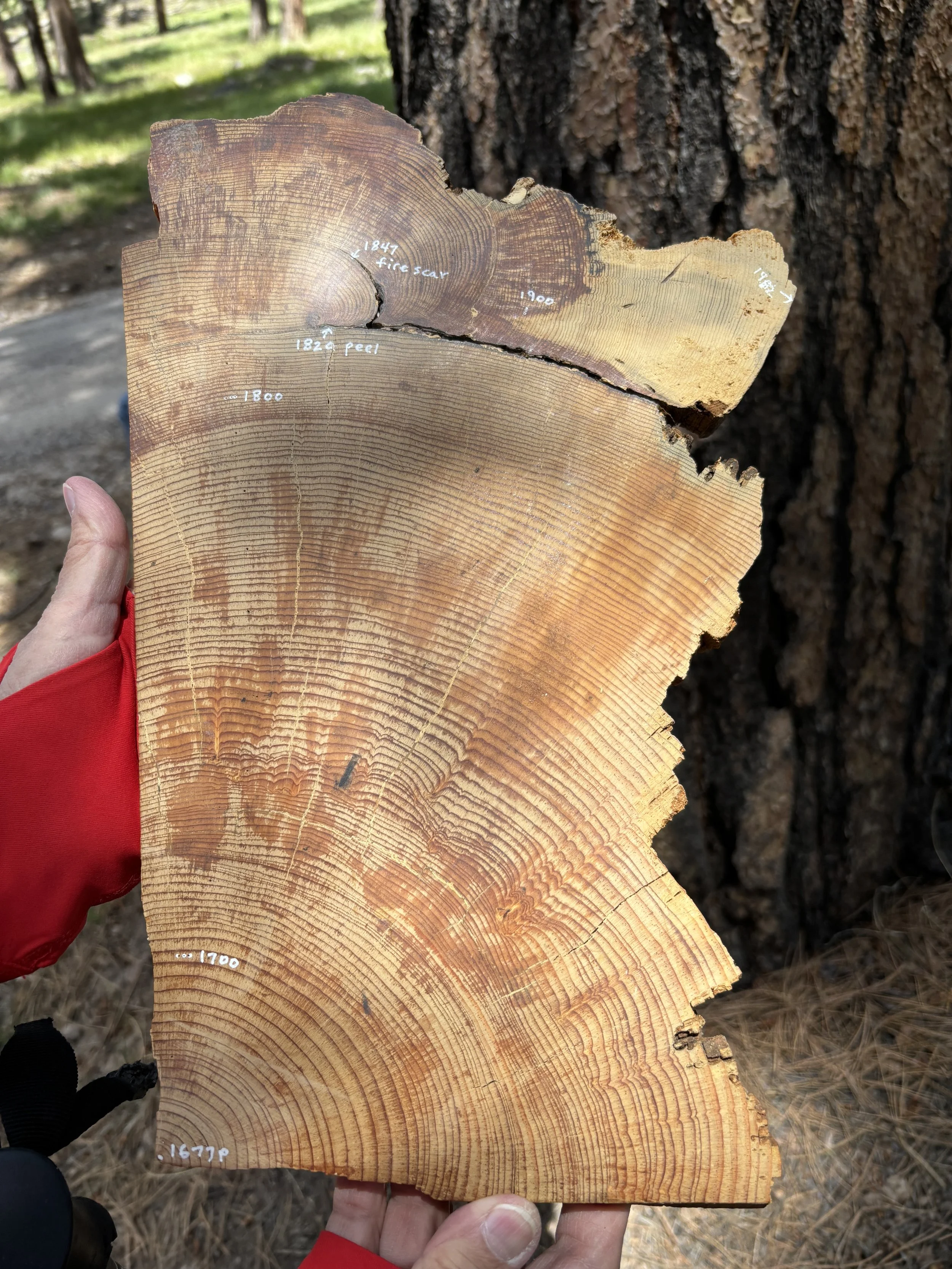
View All Network Forests in the State of New Mexico
View All Network Forests in the U.S.
View All Forest Designations
